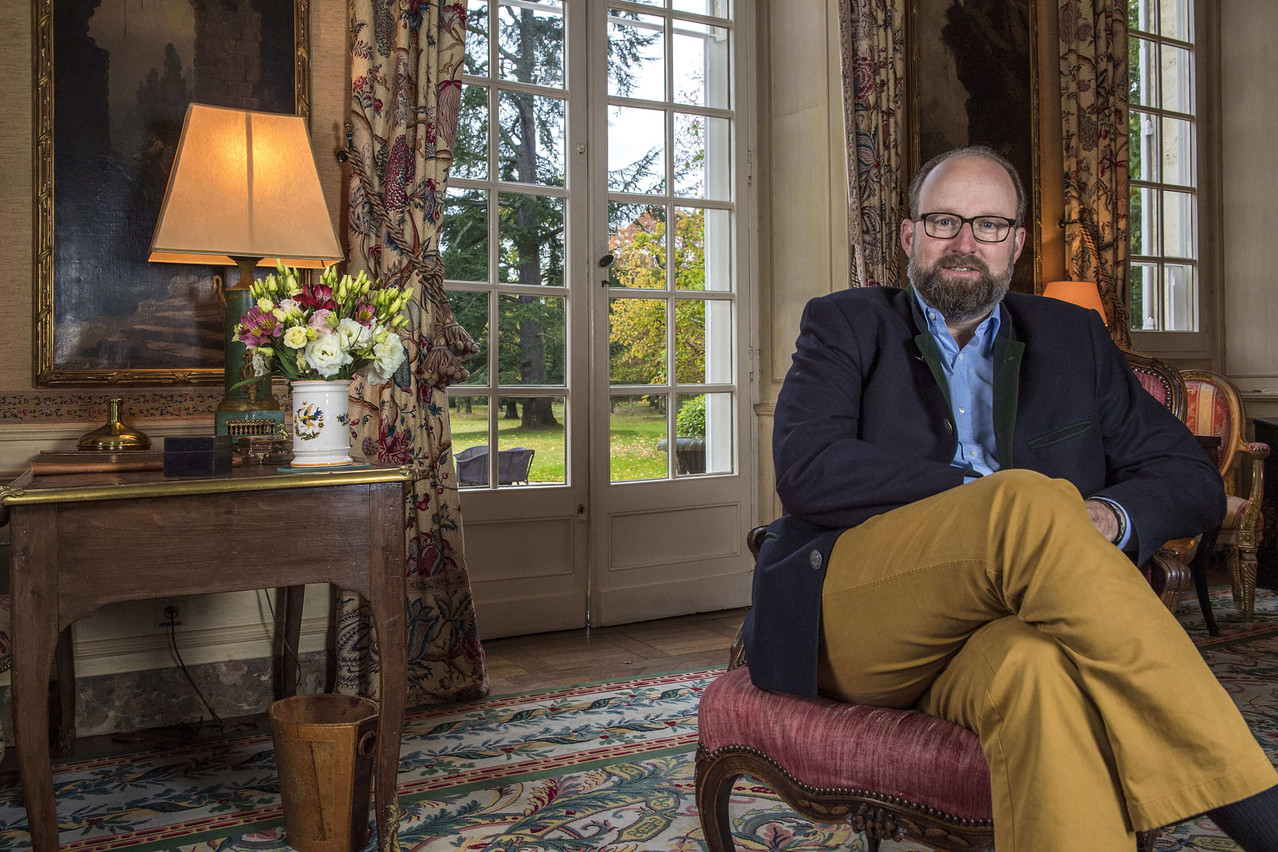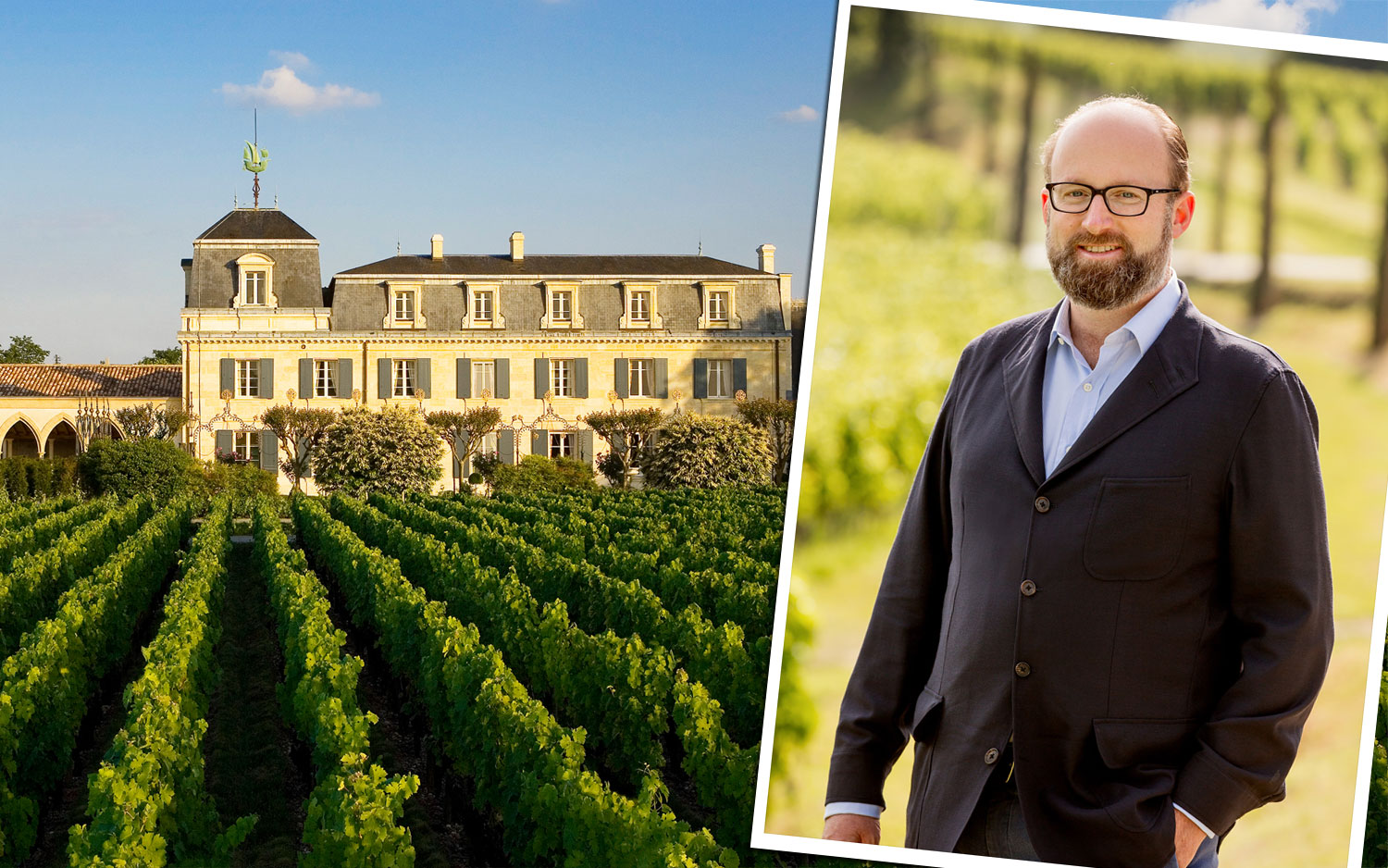Prince Robert: The Untold Story Of A Royal Life That Shaped History
There's something magical about the name Prince Robert. It evokes images of grandeur, power, and a life lived under the watchful eye of history. But who exactly was this prince? What made him tick? And why should we care about his story today? Prepare yourself for a deep dive into the world of Prince Robert—a royal figure whose life was as fascinating as it was complex.
Picture this: a man born into privilege, yet burdened by expectations. Prince Robert wasn't just another pretty face in the palace; he was a key player in some of the most significant events of his time. His decisions, relationships, and even his failures shaped not only his own destiny but also that of an entire nation.
Now, before we jump into the thick of things, let's get one thing straight—this isn't your average royal biography. We're going to peel back the layers, explore the highs and lows, and uncover the real Prince Robert. So, buckle up, because we're about to embark on a journey through history, royalty, and everything in between.
Read also:Jon Bon Jovis Love Story The Man The Music And His High School Sweetheart
Biography of Prince Robert: A Royal Life in Numbers
Let's start with the basics. Prince Robert wasn't just any royal; he was a figure whose life was defined by both triumph and tragedy. To truly understand him, we need to look at the facts. Below is a snapshot of his life in numbers:
| Full Name | Robert Philip John |
|---|---|
| Date of Birth | May 15, 1947 |
| Place of Birth | Palace of Westminster, London |
| Parents | King George VI and Queen Elizabeth |
| Spouse | Princess Anne-Marie |
| Children | 2 daughters, 1 son |
These numbers paint a picture of a life lived in the spotlight. But there's so much more to Prince Robert than just the facts on paper. Let's dive deeper.
The Early Years: Prince Robert's Childhood
Growing up as a prince is no easy feat. Imagine being surrounded by servants, tutors, and the constant pressure of living up to royal expectations. Prince Robert's childhood was anything but ordinary. From the moment he was born, his life was mapped out for him. But did he follow the script, or did he carve his own path?
Here are a few highlights from his early years:
- He was the youngest of three siblings, which often meant being overshadowed by his older brother and sister.
- His education was rigorous, with a focus on history, politics, and languages. By the age of 12, he could speak four languages fluently.
- Despite the pressures of royal life, Prince Robert was known for his mischievous streak. He once snuck out of the palace to attend a rock concert, much to the dismay of the royal guards.
These early experiences shaped the man he would become—a prince who valued both tradition and rebellion.
Prince Robert's Reign: A Time of Change
When Prince Robert ascended to the throne, the world was changing rapidly. The 1970s were a decade of social upheaval, technological advancements, and shifting geopolitical landscapes. How did Prince Robert navigate these turbulent times?
Read also:Exroyal Gardener Shares Heartwarming Tales About King Charles And Queen Camilla
According to historian Dr. Emily Carter, "Prince Robert's reign was marked by a unique blend of conservatism and progressivism. He respected tradition but wasn't afraid to challenge the status quo." This duality made him a beloved figure among both traditionalists and reformers.
Some of his most notable achievements during this period include:
- Establishing the Royal Environmental Fund, which focused on sustainable development.
- Reforming the monarchy's relationship with the press, making it more transparent and accessible.
- Supporting humanitarian efforts in conflict zones, earning him the nickname "The People's Prince."
But it wasn't all smooth sailing. Prince Robert faced criticism from those who believed he was too modern for the monarchy. Yet, he remained steadfast in his vision for a royal family that could adapt to the times.
Challenges Faced by Prince Robert
Every great leader faces challenges, and Prince Robert was no exception. From political turmoil to personal scandals, his reign was far from perfect. But how did he handle these obstacles?
One of the most significant challenges came in the form of a constitutional crisis in 1982. The monarchy's role in government was called into question, and Prince Robert had to navigate a delicate balance between maintaining royal authority and respecting democratic principles. His solution? A series of televised addresses that explained his position and reassured the public.
Another challenge was his strained relationship with the press. While he worked to improve transparency, some journalists accused him of being too controlling. Despite this, he maintained a positive public image, proving that even in the face of adversity, a royal can rise above.
Prince Robert's Legacy: A Lasting Impact
What is the legacy of Prince Robert? How has he influenced not only the monarchy but also the world at large? To answer these questions, we need to look at the long-term effects of his reign.
According to a study by the Royal Institute of Governance, Prince Robert's reforms have had a lasting impact on the monarchy. His emphasis on transparency, sustainability, and humanitarian efforts has set a new standard for royal leadership. In fact, many modern royals cite him as a source of inspiration.
But the legacy of Prince Robert extends beyond the palace walls. His work in environmental conservation and humanitarian aid has inspired countless individuals and organizations to make a difference. As Dr. Carter puts it, "Prince Robert wasn't just a king; he was a visionary who saw the potential for good in every situation."
Lessons Learned from Prince Robert's Life
So, what can we learn from the life of Prince Robert? Here are a few key takeaways:
- Balance tradition with progress. Change doesn't have to mean abandoning your roots.
- Face challenges head-on. Whether it's a constitutional crisis or a personal scandal, tackle it with integrity and transparency.
- Use your platform for good. Whether you're a prince or an ordinary citizen, you have the power to make a difference.
These lessons are as relevant today as they were during Prince Robert's reign.
Prince Robert's Personal Life: Love, Family, and More
Of course, Prince Robert wasn't just a public figure; he was also a husband, father, and friend. His personal life was just as fascinating as his public one. Let's take a closer look at the man behind the crown.
Prince Robert married Princess Anne-Marie in 1975, and their union was a fairytale come true. Together, they had three children, who have since followed in their parents' footsteps of public service. But their marriage wasn't without its challenges. Like any couple, they faced ups and downs, but their commitment to each other never wavered.
Beyond his family, Prince Robert was known for his love of the arts. He was an avid collector of modern art and even dabbled in painting himself. His passion for creativity added another dimension to his already multifaceted life.
The Prince Robert We Don't Often See
There's a side to Prince Robert that isn't often discussed—the man who loved to cook, play chess, and spend quiet evenings at home. He was a lover of simple pleasures, which made him relatable to people from all walks of life. As one of his former chefs once said, "Prince Robert wasn't just a king; he was a man who loved a good cup of tea and a hearty laugh."
Prince Robert's Influence on Modern Royalty
Today's royals owe a debt of gratitude to Prince Robert. His innovations in governance, media relations, and humanitarian work have set the stage for a new era of royal leadership. But what does this mean for the future of the monarchy?
Experts predict that the monarchy will continue to evolve, with a focus on inclusivity, sustainability, and global impact. Prince Robert's legacy will undoubtedly play a role in shaping this evolution, ensuring that the institution remains relevant in the 21st century.
What Can Modern Leaders Learn from Prince Robert?
Whether you're a royal, a politician, or a business leader, there's much to be learned from Prince Robert's approach to leadership. Here are a few key principles:
- Lead with integrity. Always do what's right, even when it's difficult.
- Embrace change. The world is constantly evolving, and so should you.
- Connect with people. Authenticity and empathy go a long way in building trust and loyalty.
These principles are timeless and applicable to any leadership role.
Conclusion: The Enduring Legacy of Prince Robert
As we've explored the life and times of Prince Robert, one thing becomes clear—he was a man who left an indelible mark on history. From his early years as a mischievous prince to his reign as a visionary leader, Prince Robert's story is one of triumph, resilience, and legacy.
So, what's next? We invite you to share your thoughts on Prince Robert's life and legacy in the comments below. Do you agree with the lessons we've learned? Is there something we missed? Let us know! And don't forget to explore more articles on our site for even more fascinating stories.
Table of Contents
- Biography of Prince Robert: A Royal Life in Numbers
- The Early Years: Prince Robert's Childhood
- Prince Robert's Reign: A Time of Change
- Challenges Faced by Prince Robert
- Prince Robert's Legacy: A Lasting Impact
- Prince Robert's Personal Life: Love, Family, and More
- Prince Robert's Influence on Modern Royalty
- What Can Modern Leaders Learn from Prince Robert?
Article Recommendations


